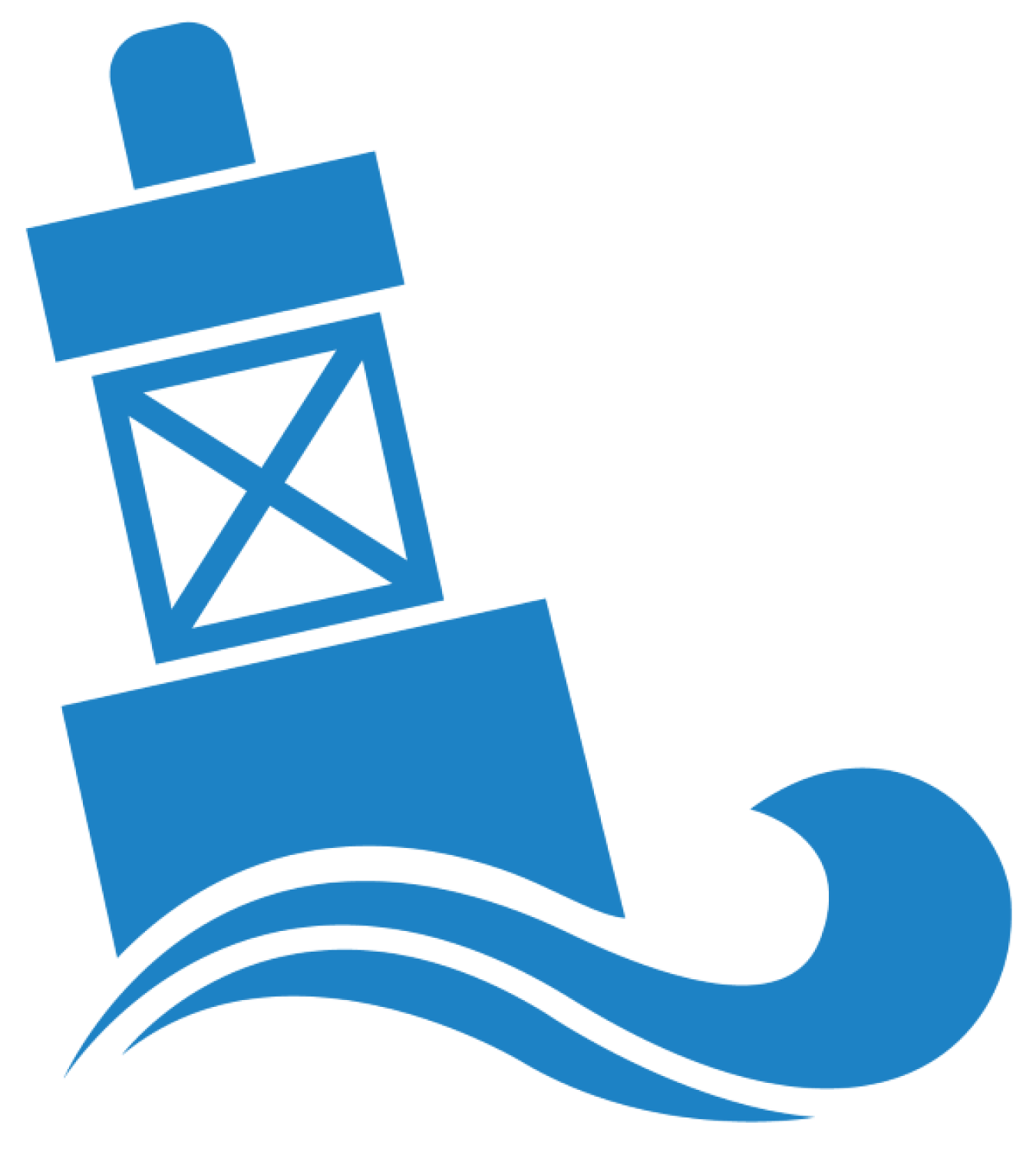After customer discovery and analysis stemming from the Powering the Blue Economy report, a national lab team focuses on 10 key research areas that are fundamental challenges for marine energy to integrate into high-priority blue economy applications.
Water Power Technologies Office
March 9, 2022Marine Energy Program
Powering the Blue Economy Initiative
Project Name: Foundational Research and Development for Powering the Blue Economy
Project Team: National Renewable Energy Laboratory and Pacific Northwest National Laboratory
Lead Recipient Location: Golden, Colorado, and Richland, Washington

In support of the Water Power Technologies Office’s (WPTO) Powering the Blue Economy (PBE) initiative, a team of researchers from the National Renewable Energy Laboratory (NREL) and Pacific Northwest National Laboratory (PNNL) mapped and implemented 10 initial research areas related to fundamental challenges in marine energy. This mapping was a result of collaborative work between the two labs that sought to catalogue some of the most critical and crosscutting opportunities for blue economy applications. This included market exploration and analysis, design and development of prototypes, and deployment and testing of marine energy systems.
This effort, paired with continuous engagement of end users and identification of fundamental engineering challenges, serves as the initial set of topics critical to analyzing future research topics to help overcome challenges associated with integrating marine energy with blue economy applications, such as ocean observation technology or desalination and water treatment devices for remote, coastal, and island communities. The topics ranged from modeling small wave systems, expanding work on salinity and thermal gradients, and increasing attention on the shifting requirements for moorings, among others. Highlights of key areas and their findings include:
- Mooring Key for Data Dropout: Data dropout can be a key challenge in ocean observing. A multilab team analyzed the reliability of National Oceanic and Atmospheric Administration (NOAA) National Data Buoy Center buoys and consulted with NOAA engineers to refine causes of data drop out. This analysis identified the mooring system, which holds the buoys in place, as a common failure during operation. Following these results, the research team will explore potential mitigation strategies for mooring failures as well as design a tool to analyze mooring reliability.
- Understanding Arctic Opportunities: Researchers explored the marine energy resources available at high latitudes, including in the Arctic, and identified the potential for marine energy to supplement ocean observation needs. As a result of this effort, the team is well positioned to engage with arctic field researchers to design and test wave and tidal energy devices that can perform under these conditions.
- Modeling Wave Energy Converters (WECs) at Smaller Sizes: Many of the WECs being pursued for blue economy applications are smaller than those traditionally designed and modeled for the grid. To better understand how performance scales in wave energy devices, the team completed a large-scale simulation of four WEC concepts. These simulations could help developers evaluate the potential of a wave energy device more quickly and accurately, provide performance results for techno-economic feasibility studies, and allow engineers to develop WECs without hydrodynamic modeling expertise.
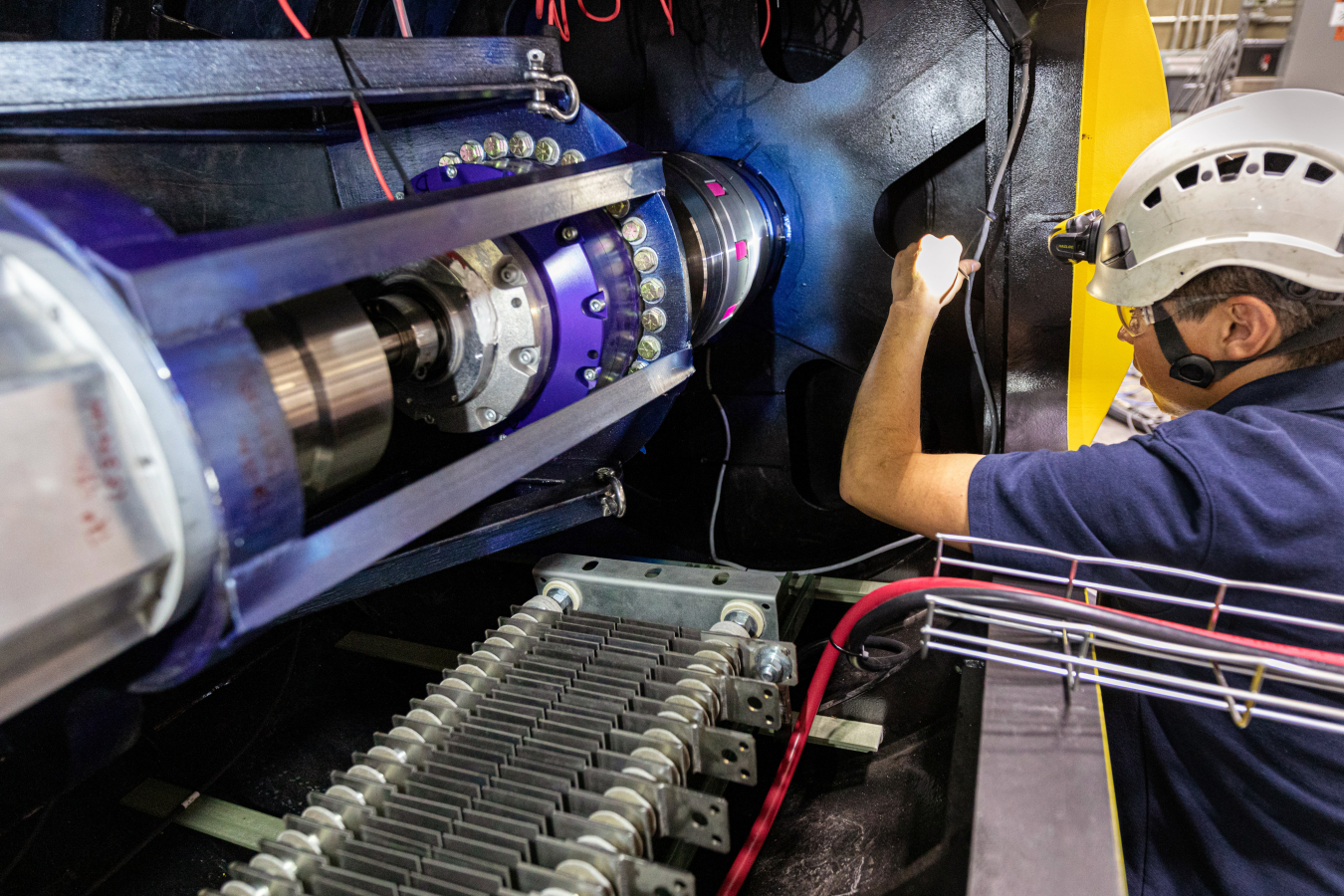
A researcher at the National Renewable Energy Laboratory makes some adjustments to an autonomous offshore power system, which provides in-situ power, energy storage, and real-time data and communications support set to advance the marine economy toward a future of autonomous, connected and resident technologies. Photo courtesy of National Renewable Energy Laboratory
- Examining the Role of Gradients to Unlock Power at Different Scales: Technologies based on ocean thermal and salinity gradients are fundamental to capture energy in parts of the ocean where other renewable energy resources are limited, such as locations with no light and little motion. In alignment with congressional mandates, laboratory research investigated the potential for energy conversion technologies based on ocean thermal and chemical (salinity) gradients to power autonomous underwater vehicles and autonomous ocean sensing systems. Thermoelectric generators, phase-change materials, Stirling engines, and shape memory alloys are among the promising technologies that present a high level of compatibility (dimensions, operating temperatures, etc.) with autonomous underwater vehicles and autonomous ocean sensing systems.
- Efficient Power Systems for Wave and Tidal Devices: Optimizing controls and balancing electrical and mechanical systems to ensure efficient operation for wave and tidal energy generation devices are identified needs that the Foundational PBE team is tackling. For tidal resources, the team developed, modeled, and simulated a tidal energy device and implemented a unique control strategy. The results indicate the proposed control strategy is capable of efficient operation and lays the groundwork for next-stage prototype development. For wave resources, the team developed and analyzed electrical and mechanical models for a wave energy device to better understand the relationship between torque, cost, efficiency, power takeoff (PTO) system size, and how annual energy production can be optimized. The findings provided insights into PTO scaling for determining optimal wave energy device ratings and established a framework for a novel methodology to rate an electric PTO’s energy capture for wave energy devices.
The NREL and PNNL research team achieved these initial outcomes through partnerships with universities and industry and will continue this collaborative model. Through these efforts, WPTO aims to advance the foundational research necessary to better enable the integration of marine energy with blue economy applications and sustainably support energy needs in and near the ocean.
Powering the Blue Economy Initiative Projects
-
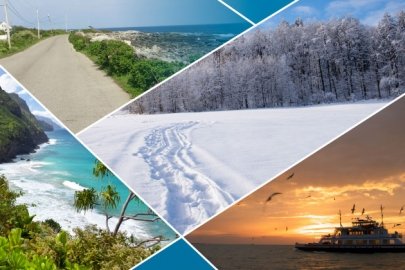 The Energy Transitions Initiative Partnership Project launched a novel approach to support and work alongside 11 remote, island, and islanded communities to help develop strategies to shift to a clean, equitable, sustainable, and resilient energy future.
The Energy Transitions Initiative Partnership Project launched a novel approach to support and work alongside 11 remote, island, and islanded communities to help develop strategies to shift to a clean, equitable, sustainable, and resilient energy future. -
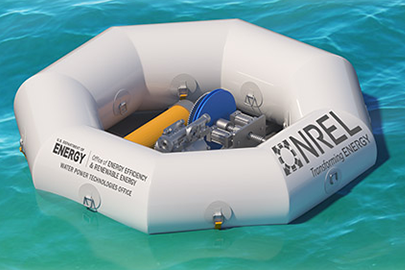 Competitors presented, tested, and evaluated small, modular, cost-competitive desalination systems powered by ocean waves through two rounds of the Waves to Water prize and five concepts earned a chance to compete in the final test in the open water.
Competitors presented, tested, and evaluated small, modular, cost-competitive desalination systems powered by ocean waves through two rounds of the Waves to Water prize and five concepts earned a chance to compete in the final test in the open water. -
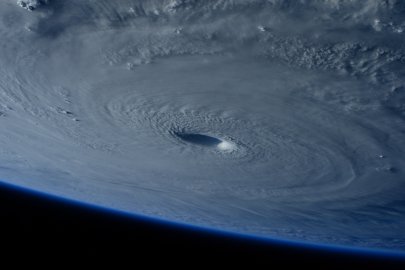 Seven Ocean Observing Prize competitors were selected for their novel approaches to marine energy-powered systems that seek to enable better prediction of hurricane intensity, which marks the winners’ first step in a three-stage contest.
Seven Ocean Observing Prize competitors were selected for their novel approaches to marine energy-powered systems that seek to enable better prediction of hurricane intensity, which marks the winners’ first step in a three-stage contest.
WPTO's Marine Energy e-newsletter shares news and updates on tools, analysis, and emerging technologies to advance marine energy.
WPTO's Marine Energy e-newsletter shares news and updates on tools, analysis, and emerging technologies to advance marine energy.


